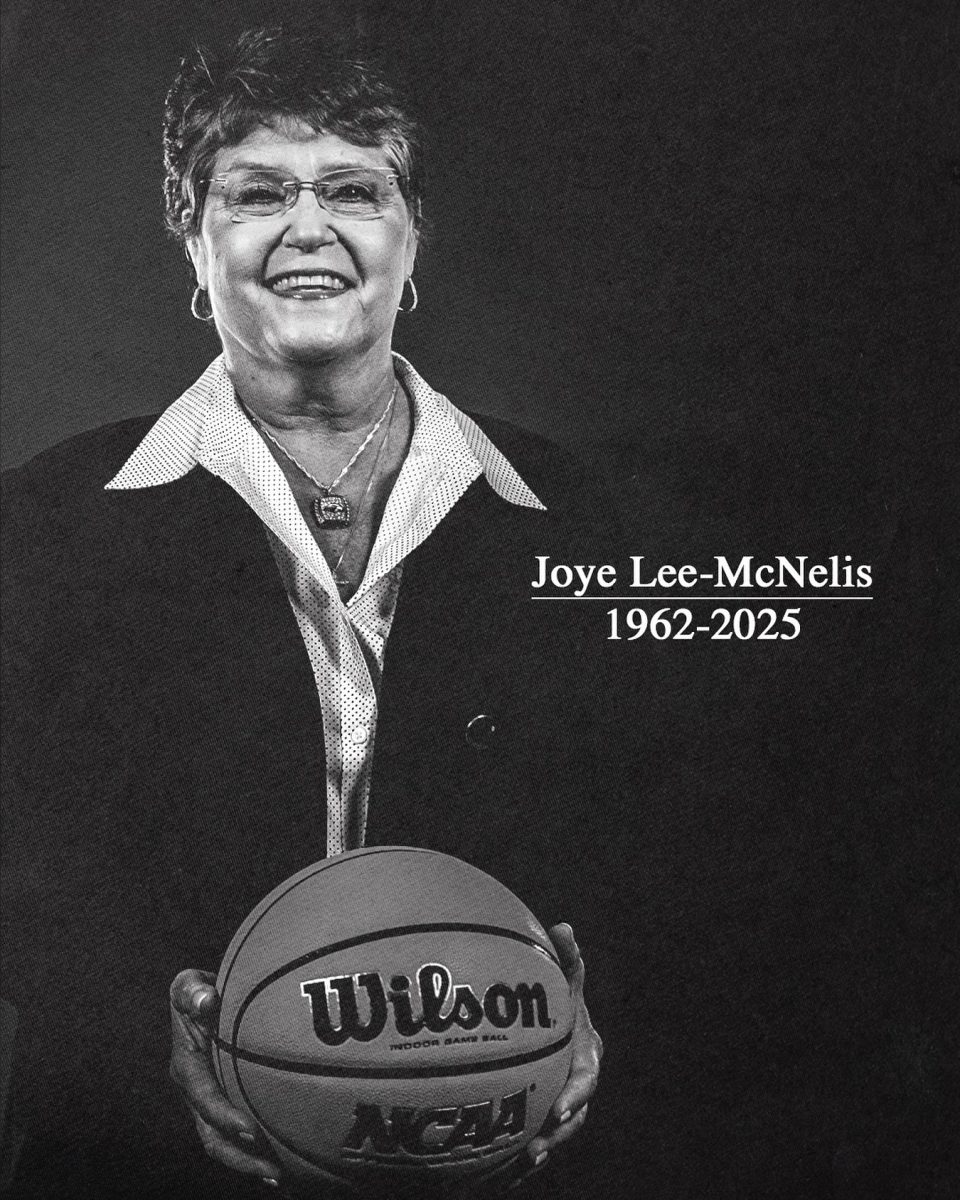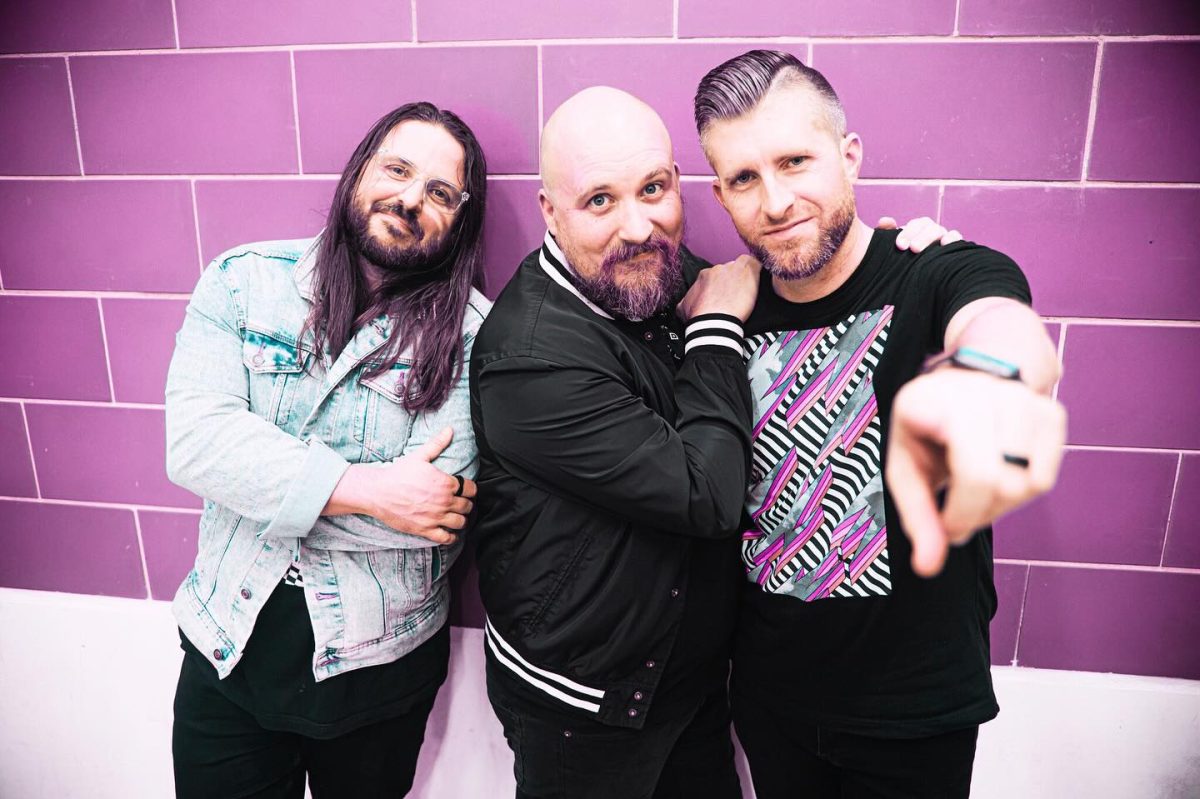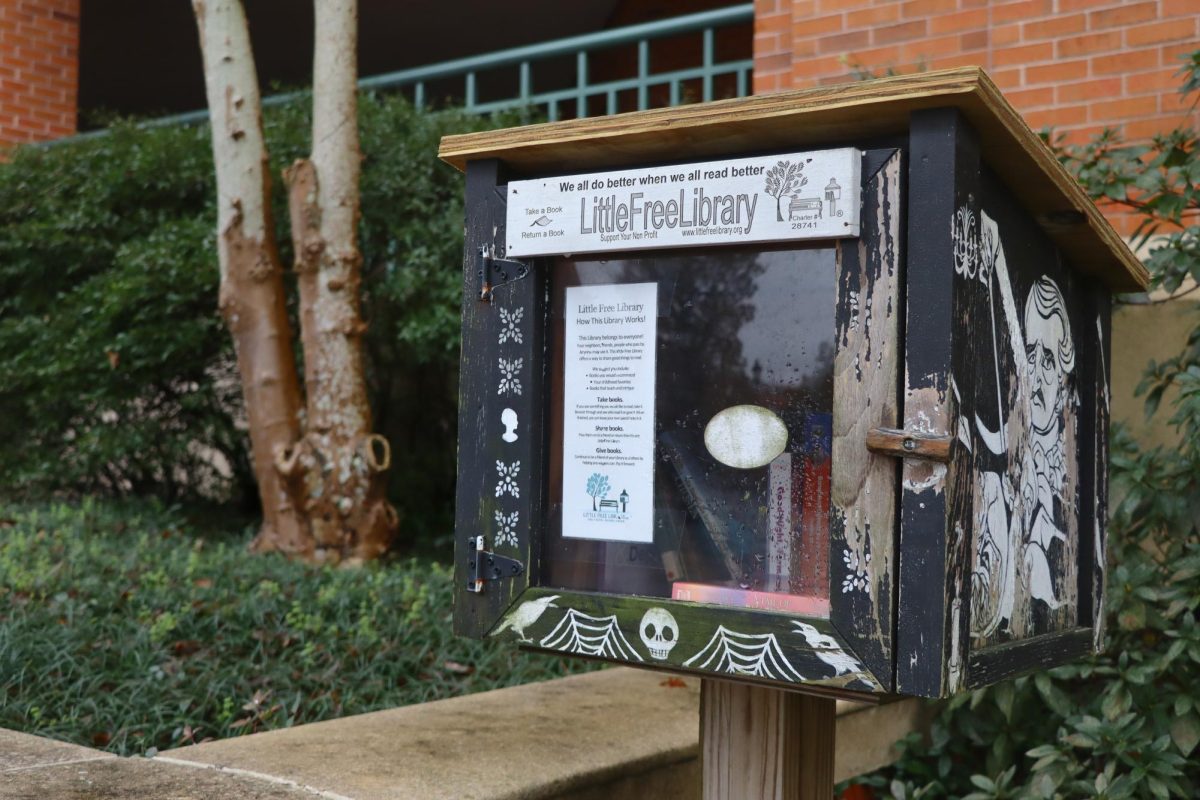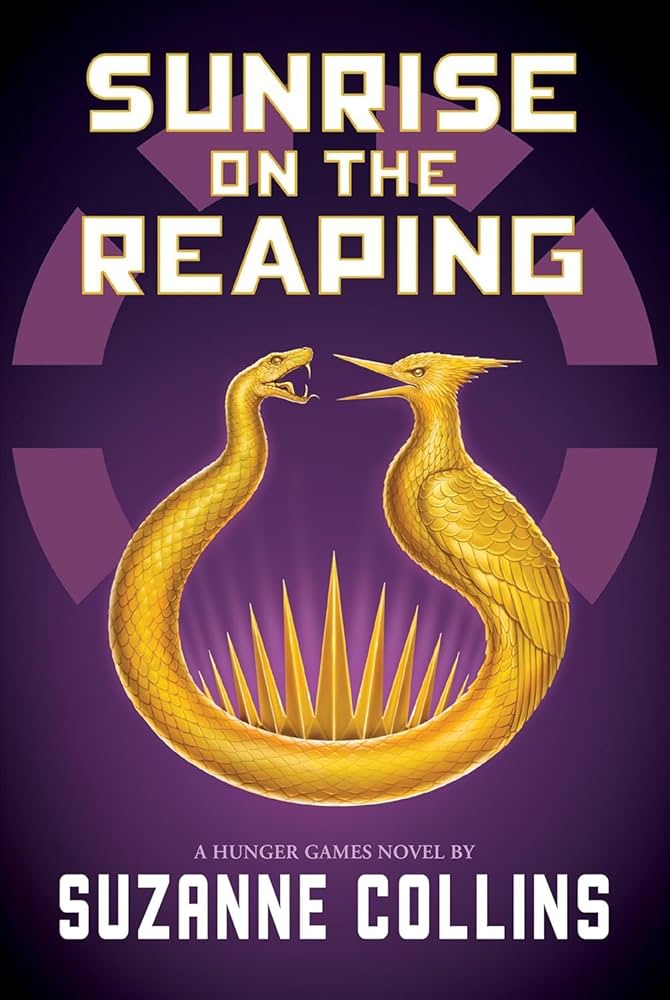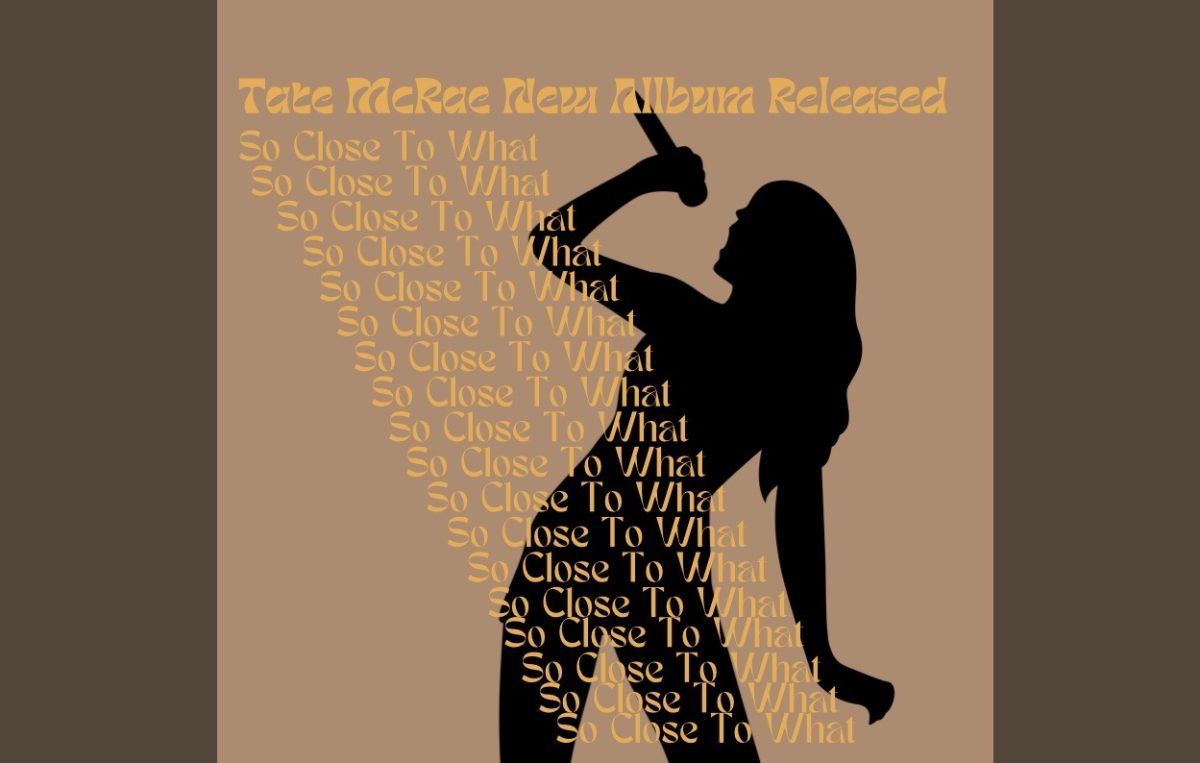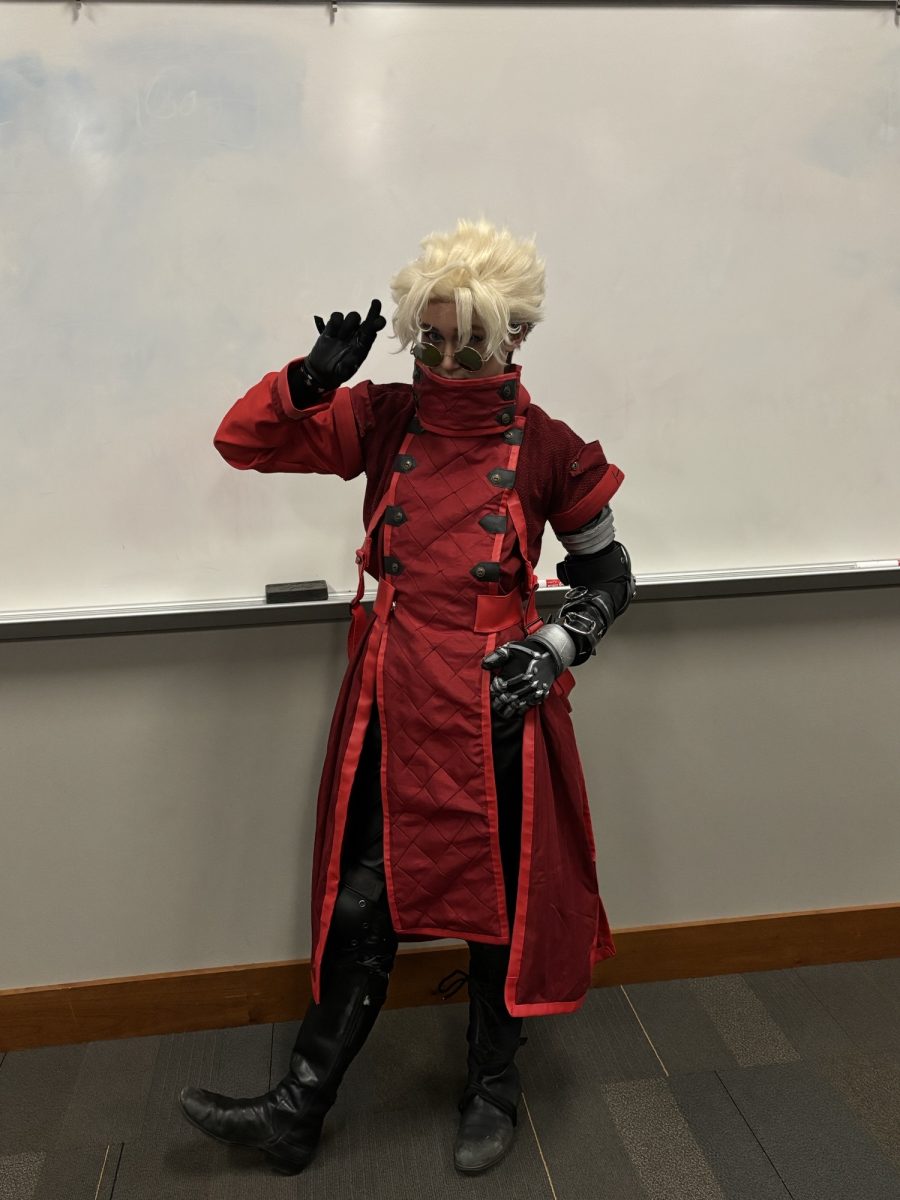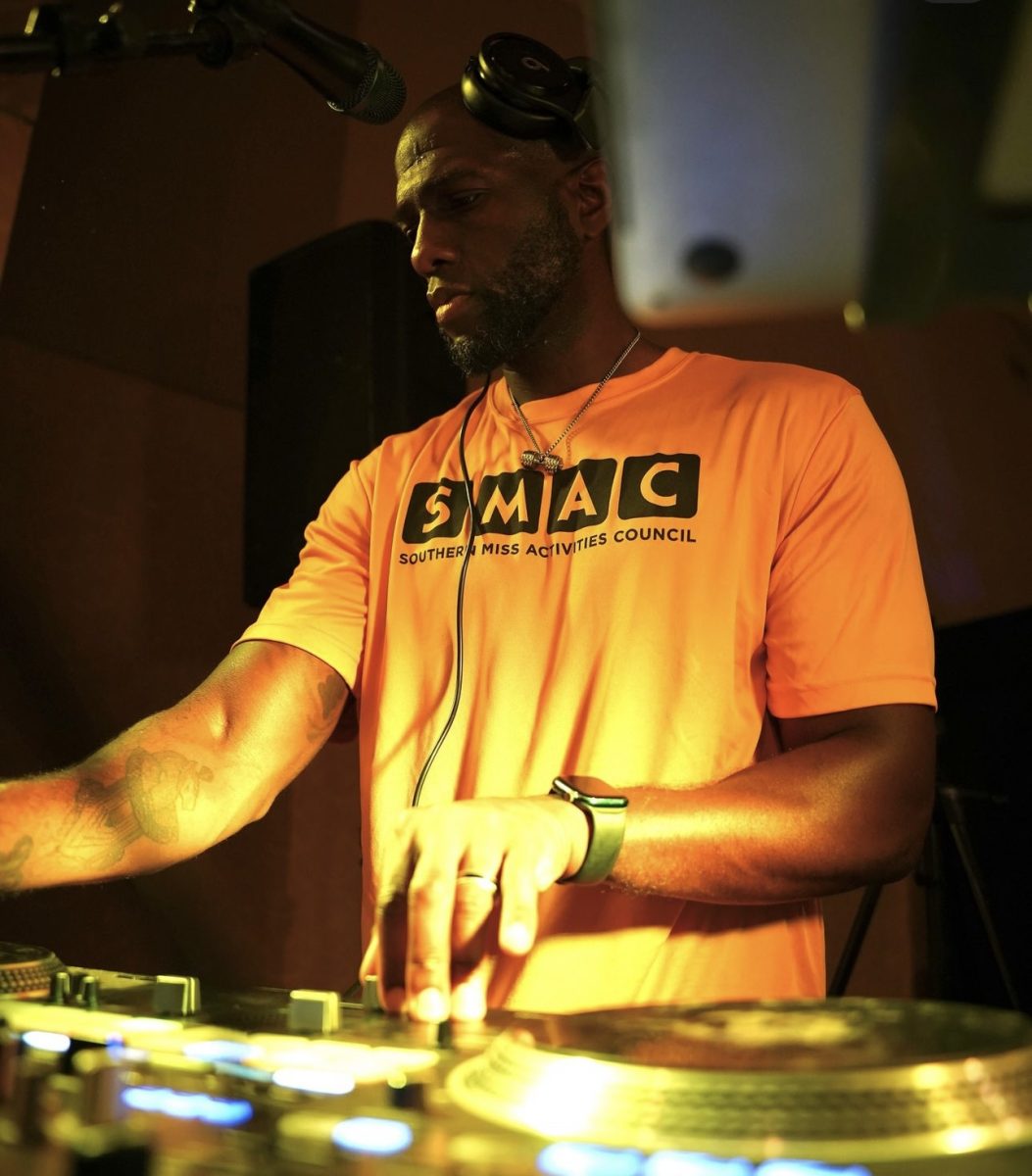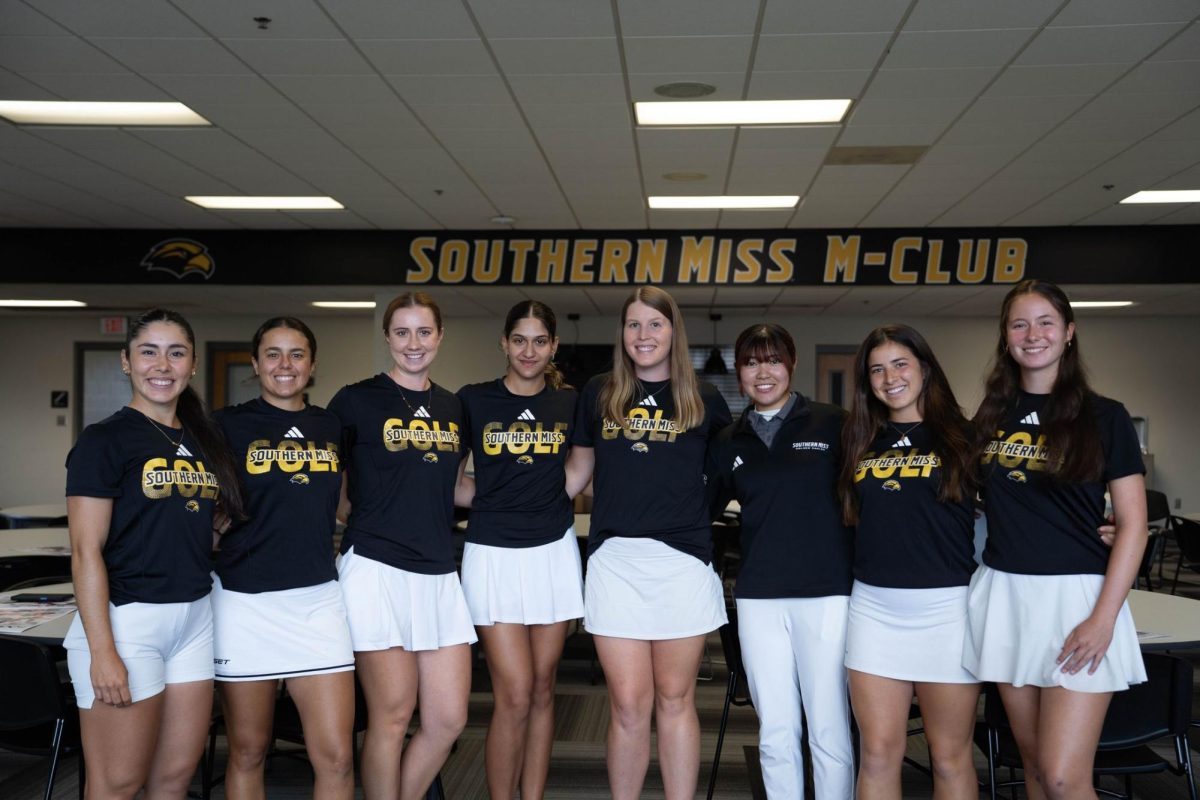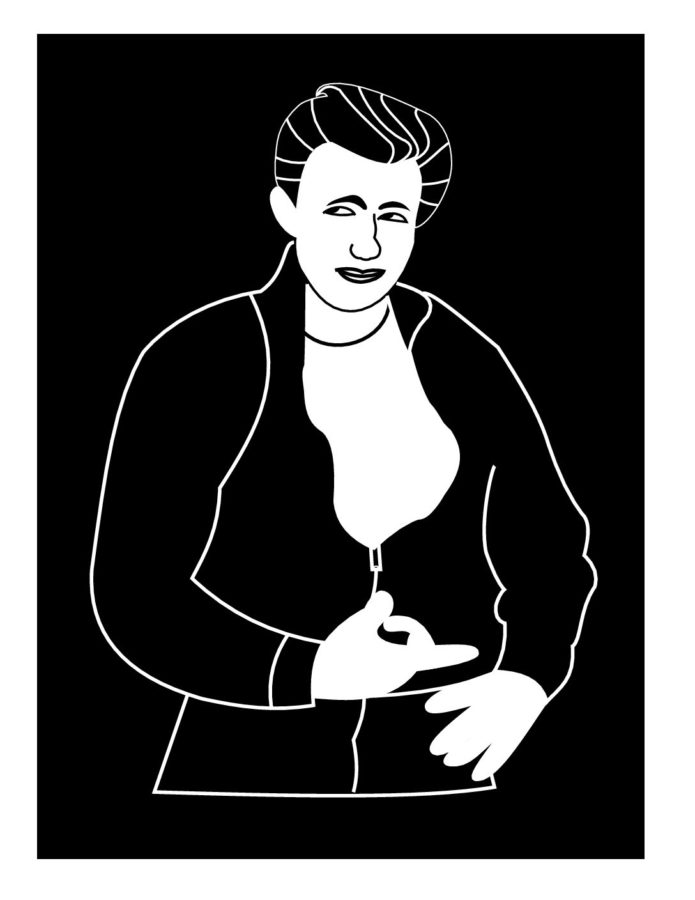This week it was announced the upcoming film “Finding Jack” would be bringing back an actor who has not been seen in a long time, mainly because he’s dead. Through the power of CGI, James Dean, who died in 1955, will play one of the characters in the movie, which will be released next year. Dean’s computer-generated resurrection highlights the trend of the industry using technology to digitally resurrect the deceased.
I remember going to see “Rogue One: A Star Wars Story” and being caught off guard by the scene introducing the character Grand Moff Tarkin. The character first appeared in “A New Hope” and was played by actor Peter Cushing. Through the power of CGI, the actor was there, talking with the other characters.
However, seeing this made me wonder if this was respectful or if they could have just cast someone else instead of parading Cushing’s corpse around on screen thanks to computer magic.
People hate it when celebrities die. Sometimes these individuals managed to live a long, illustrious life. Other times, their time on this planet was cut short.
We like to honor the legacies of those who are no longer with us. The works these celebs starred in or put out are a reminder of what they did while they were still with us.
Bringing dead celebs back to life through holograms or computer wizardry is just strange and uncanny. At first, it’s cool, but then you remember it’s just an illusion.
Computer generating deceased individuals robs the chance for someone up-and-coming to make their big break.
When asked why the filmmakers decided to add James Dean, the producer said they had gone through multiple actors and decided upon Dean because he was the only one who fit the qualities of the character in the movie.
Are they sure about this? Because it seems to me that they didn’t look hard enough.
Bringing famous people back to life is nothing new. One of the earliest instances was in 2012 when the late Tupac Shakur was digitally resurrected for Coachella.
In fact, holograms of dead singers have gained quite a bit of traction. In 2020, Whitney Houston will be touring across the world even though she’s been dead for seven years.
Technology has evolved drastically over the past decade. With it comes the good and bad, and digital resurrection falls on the latter part of the spectrum.
People do not live forever, but even though many famous individuals have long since passed, they left their mark on the world. A lot of new talent trying to get their name out were likely inspired by these celebs, but using computer-generated trickery to bring them back is disrespectful to their legacy.

